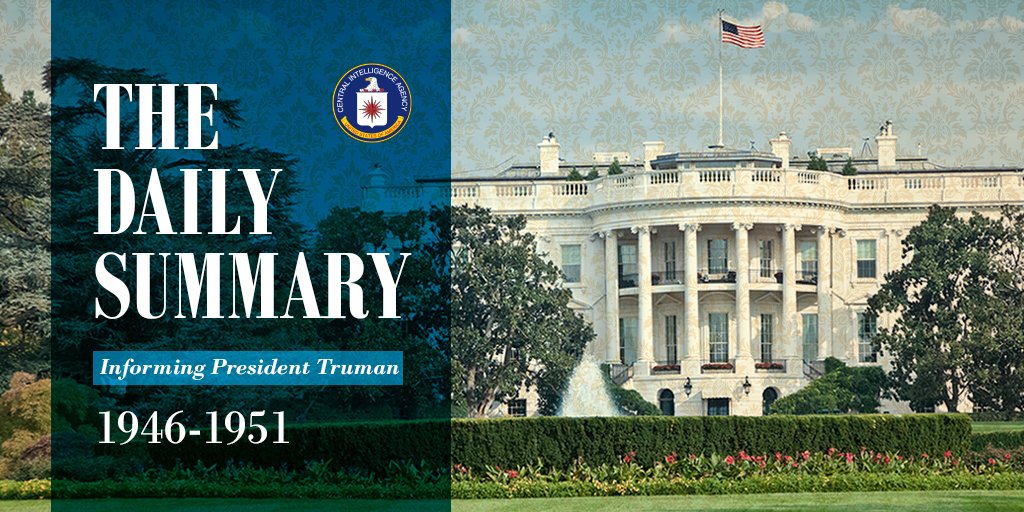In anticipation of Marti Peterson’s participation on our #ReelvsRealCIA panel tomorrow (bit.ly/2IWoJok), here is the Cold War story about her & Aleksandr Ogorodnik, Codename: TRIGON
1.usa.gov/28Jp87E
1.usa.gov/28Jp87E
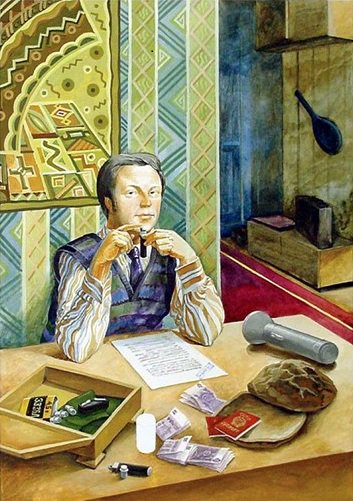
Aleksandr Ogorodnik, a mid-level official in Soviet Ministry of Foreign Affairs (MFA) posted in Latin America, had access to information about Soviet intentions for the region. While he enjoyed his life in Latin America, he found the Soviet system oppressive.
#ReelvsRealCIA
#ReelvsRealCIA
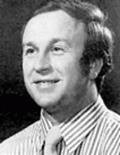
CIA recruited Aleksandr in South America in 1973 & gave him codename TRIGON.
He smuggled docs to CIA officers who would photograph them. Material he provided gave unique insights into Soviet’s Latin America policies, including plans to influence other governments.
#ReelvsRealCIA
He smuggled docs to CIA officers who would photograph them. Material he provided gave unique insights into Soviet’s Latin America policies, including plans to influence other governments.
#ReelvsRealCIA
In anticipation of his recall to Moscow, CIA officers taught TRIGON operational trade-craft & techniques. He also received training in secret writing, the use of one-time pads, & dead drop techniques.
#ReelvsRealCIA
#ReelvsRealCIA
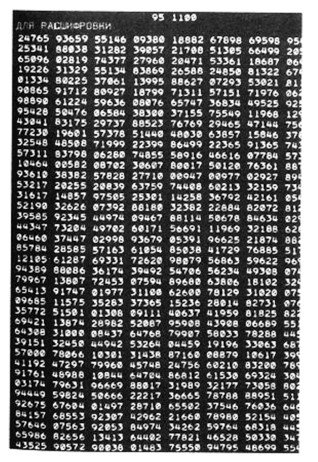
October 1974: TRIGON returned home & agreed to continue spying, but asked that US government resettle his then-pregnant girlfriend.
#ReelvsRealCIA
#ReelvsRealCIA
One of the first female CIA case officers to serve behind the Iron Curtain, Marti Peterson, went to Moscow to be TRIGON’s handler. At the time, the KGB discounted the ability of women to conduct intel operations, so Marti went unnoticed for almost 18 months.
#ReelvsRealCIA
#ReelvsRealCIA
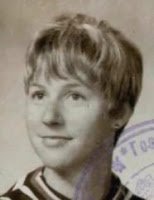
Moscow was a challenging place to operate in 1974. Even finding one’s way around was difficult as Soviet-produced city maps were deliberately inaccurate.
bit.ly/2LuYliT
For the nearly 2 years they worked together in the 70s, Marti & TRIGON never met.
#ReelvsRealCIA
bit.ly/2LuYliT
For the nearly 2 years they worked together in the 70s, Marti & TRIGON never met.
#ReelvsRealCIA

Because meeting face-to-face was dangerous & complicated, TRIGON & Marti instead used:
-signal sites
-radio messages
-concealments
-car drops
-dead drops – like fake bricks & dead rats
#ReelvsRealCIA



-signal sites
-radio messages
-concealments
-car drops
-dead drops – like fake bricks & dead rats
#ReelvsRealCIA
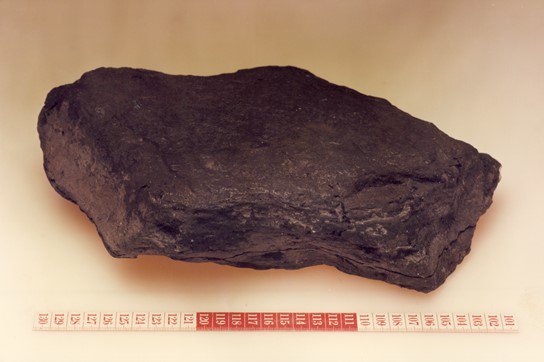
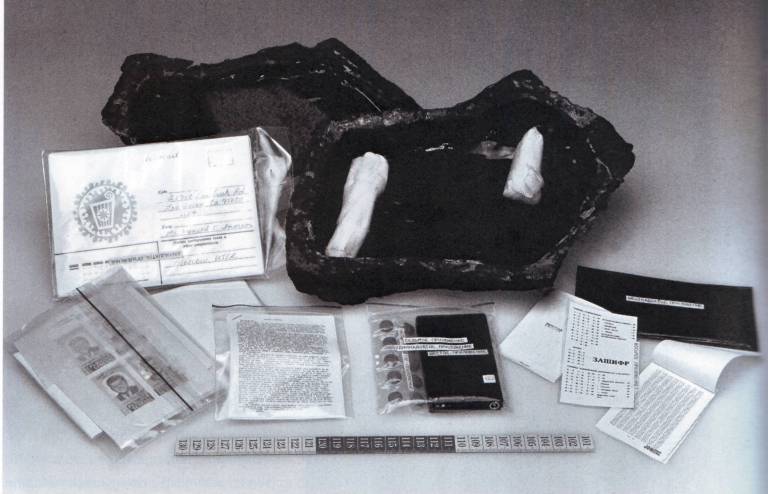
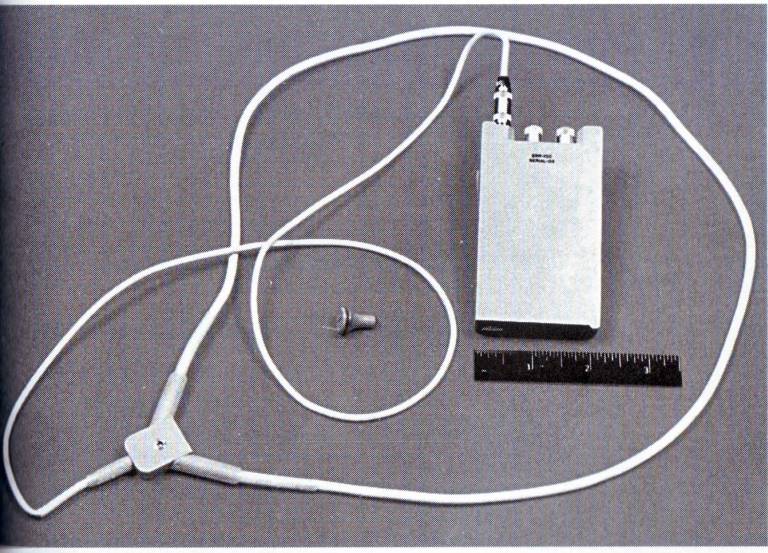
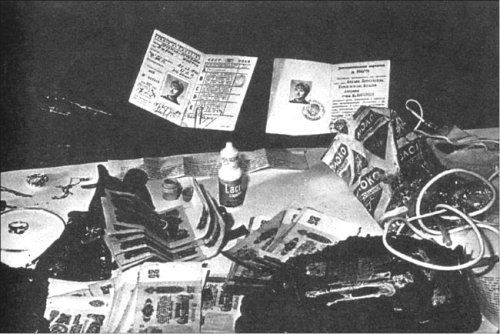
Marti used a purse to conceal supplies & equipment that she transferred to TRIGON via dead drop exchanges.
#ReelvsRealCIA
#ReelvsRealCIA

TRIGON’s position in the Global Affairs Dep’t gave him access to incoming & outgoing classified cables to embassies worldwide. He provided sensitive intel about Soviet foreign policy plans & objectives.
His reporting went to the President & senior US policymakers
#ReelvsRealCIA
His reporting went to the President & senior US policymakers
#ReelvsRealCIA
June 1977: A Czech penetration of CIA gained knowledge that TRIGON was working with us; info which he passed to Czech Intel who notified the KGB.
#ReelvsRealCIA
#ReelvsRealCIA
15 July 1977: As night fell over Moscow, Marti left a concealment device in a narrow window inside a stone tower on the Krasnoluzhskiy Most—a railroad bridge near Lenin Central Stadium.
It was a trap.
#ReelvsRealCIA

It was a trap.
#ReelvsRealCIA
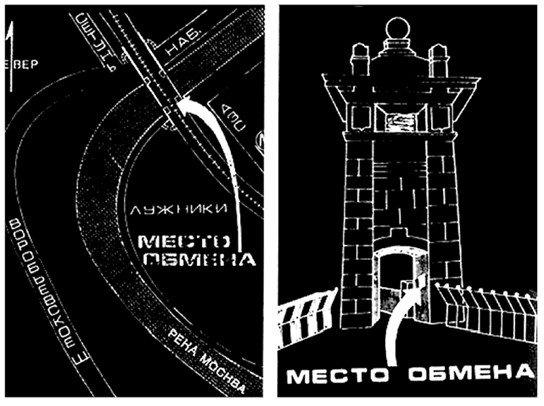
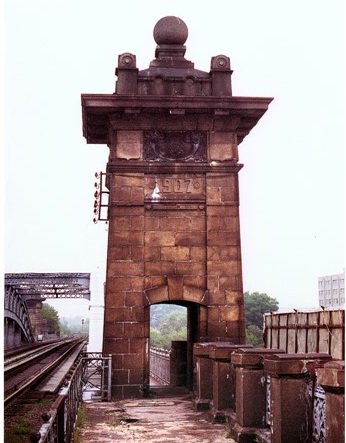
A KGB surveillance team was waiting & seized Marti. They took her to Lyubianka Prison, where she was questioned for hours & photographed with the espionage paraphernalia she & TRIGON used.
She was declared persona non grata & sent back to the US immediately.
#ReelvsRealCIA

She was declared persona non grata & sent back to the US immediately.
#ReelvsRealCIA
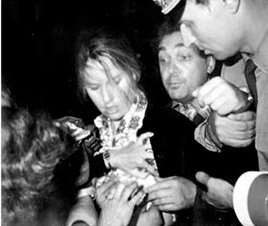
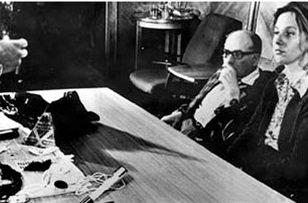
We later learned that on 22 June 1977, Aleksandr had killed himself after KGB arrest with a pill hidden in a pen he had earlier requested & CIA reluctantly provided.
#ReelvsRealCIA
#ReelvsRealCIA
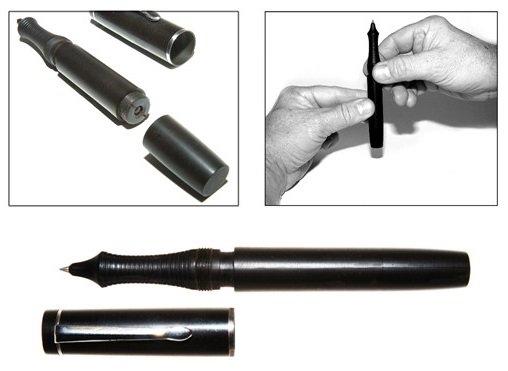
From Marti’s memoir, The Widow Spy: “Opening the pen as if to begin writing, he bit down on the barrel & expired instantly in front of his KGB interrogators. KGB was so intent on his confession they never suspected he had poison….TRIGON died his own way, a hero."
#ReelvsRealCIA
#ReelvsRealCIA
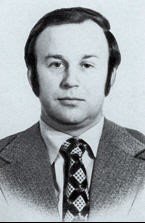
Although the story of TRIGON ended tragically, the intel Aleksandr passed to Marti & CIA gave US policymakers valuable insights into Soviet foreign policy plans & intentions. Insights & courage like this helped win the Cold War.
1.usa.gov/28Jp87E
#ReelvsRealCIA
1.usa.gov/28Jp87E
#ReelvsRealCIA
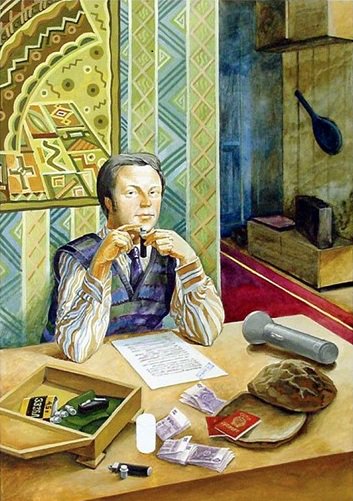
• • •
Missing some Tweet in this thread? You can try to
force a refresh


